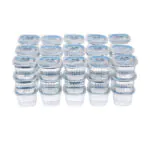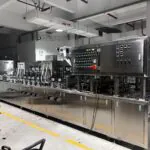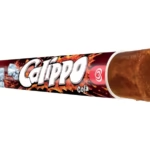
What is the Purpose of an Auto Pasteurizer in a Food Production Line?
Are your food products spoiling too quickly? This waste costs you money and limits how far you can sell. An auto pasteurizer is the key to extending shelf life.
An auto pasteurizer’s main goal is to extend a product’s shelf life. It does this by heating packaged food, like jelly or juice, in 80-90°C water for about 20-25 minutes. This process kills harmful bacteria and can also improve the packaging’s appearance.
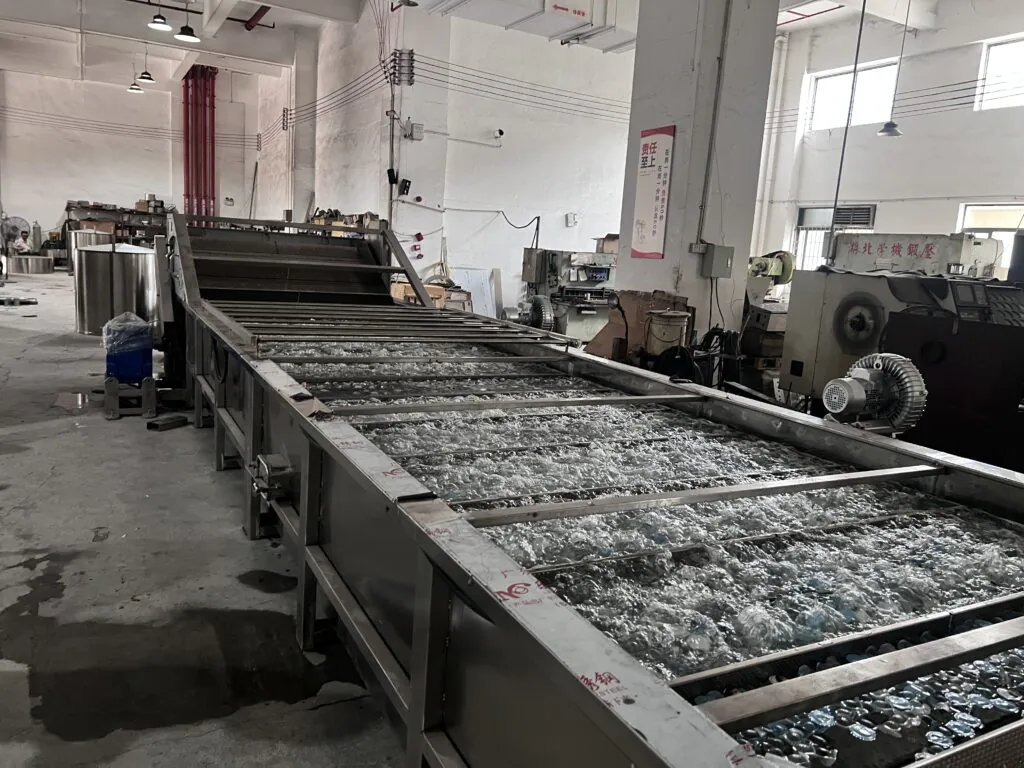
The most important job of a pasteurizer is to make your products last longer. It is a simple but very effective process. But this machine does more than just kill germs. It can also make your final product look much better on the store shelf. The way it handles the product from heating to cooling is a complete system. So, how does this single piece of equipment achieve both safety and better looks? And what are the full steps involved in a modern pasteurizer1 line? Let’s look closer at how it all works.
How Does a Pasteurizer Line Extend Shelf Life and Improve Product Appearance?
You need your products to stay fresh longer. You also need them to look good to attract customers. Poor quality and short shelf life can destroy your sales. A pasteurizer line solves both of these problems at the same time.
It extends shelf life using controlled heat to kill the microbes that cause spoilage. This same heat also helps smooth out the sealing film on packages. This gives the product a cleaner, more professional look that people want to buy.
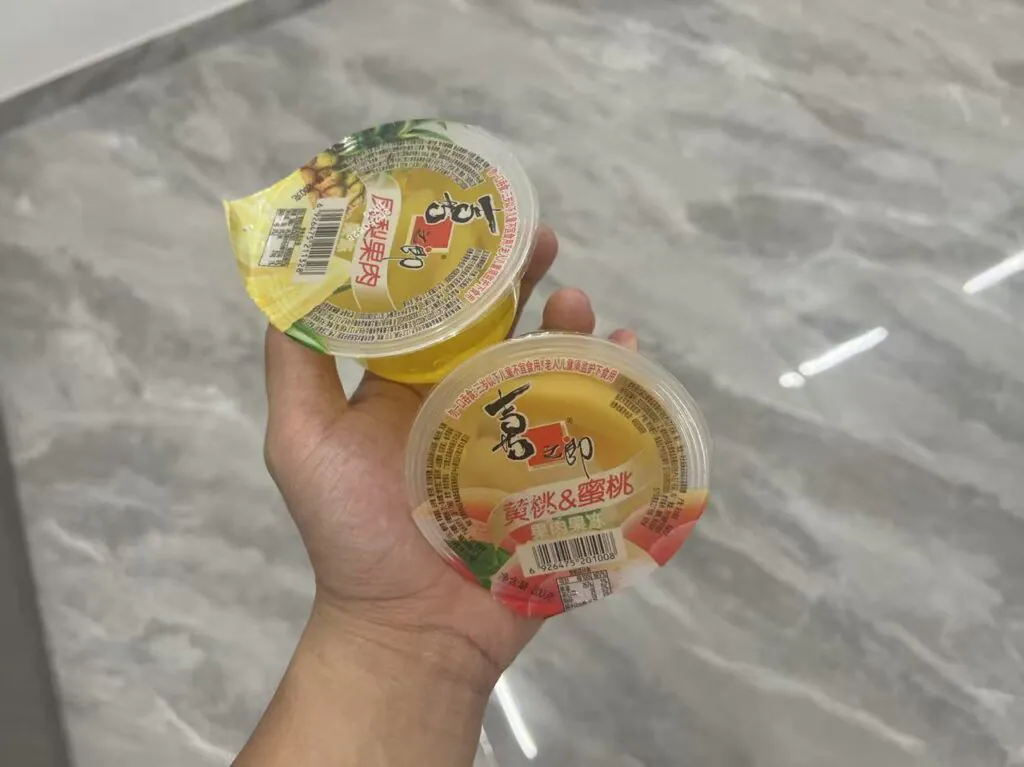
Let’s dive deeper into these two key benefits. The process seems simple, but the details are what make it so effective for food producers. It is a balance between food safety and product quality.
The Science of Pasteurization
The main goal is killing bacteria2. Our machine puts your sealed products, like filled jelly cups or pouches, into hot water. The water is kept at a very specific temperature, between 80 and 90 degrees Celsius. The products stay in this hot water for 20 to 25 minutes. This combination of heat and time is enough to kill most of the bad bacteria that make food spoil. But it’s not so hot that it boils the product. This is important. It means the taste, color, and nutrients of your jelly are mostly unchanged. I always tell my clients that this is a gentle process. It makes the food safe without ruining what makes it delicious. It gives you a much longer shelf life3, so you can ship your products to more distant markets.
The Cosmetic Benefit
Here is something that often surprises my customers. The heat from pasteurization can make your product look better. I remember a customer in Malaysia who started producing a new line of fruit jelly. Before pasteurization, the plastic film sealed on top of the cups sometimes had small, tiny wrinkles. After the cups went through our pasteurizer line, the seals were perfectly flat and smooth. The heat causes the sealing film to shrink just a little bit. This pulls the film tight across the rim of the cup. It gets rid of any wrinkles and creates a very clean, professional look. This small detail makes a huge difference on a supermarket shelf. It helps the product stand out and look more trustworthy to shoppers.
What Are the Key Stages of a Complete Pasteurizer Line?
Just heating your product is not the end of the story. You have a hot, sterile product, but it is not ready for boxing yet. If you do not cool and dry it correctly, you can create new problems. A complete pasteurizer line takes care of the entire process.
A full pasteurizer line has three main stages. First is the heating section, where the product is pasteurized. Second is the cooling section, where cold water brings the temperature down. The final stage is the drying section, which uses hot air to dry the packaging.
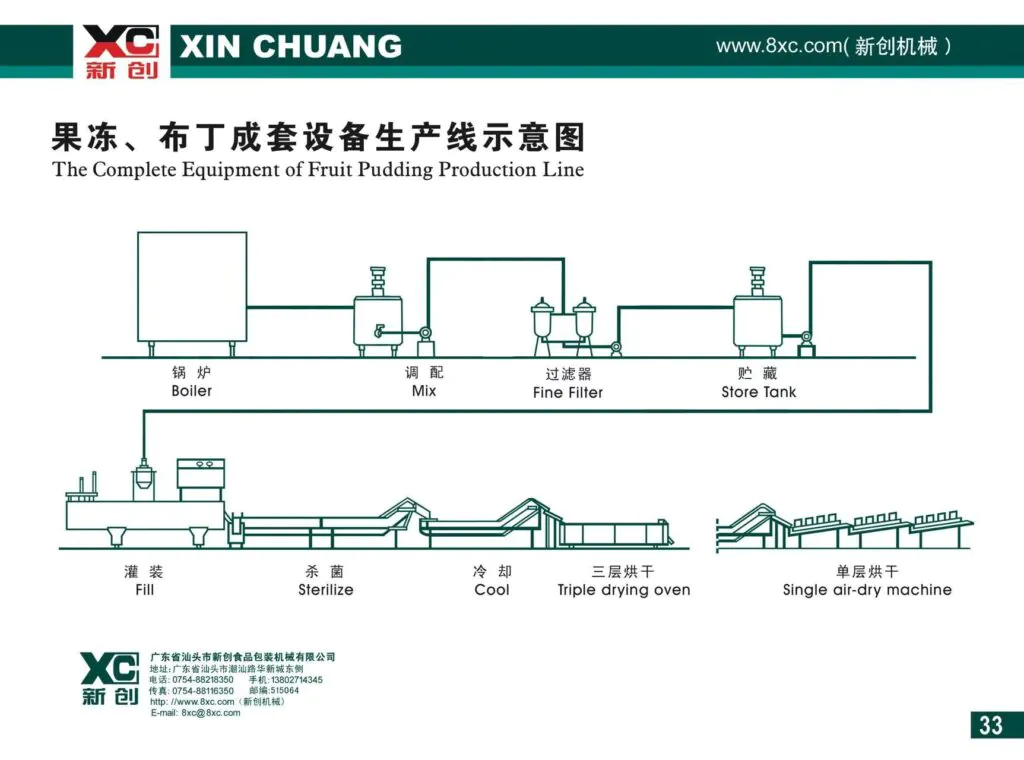
A complete line is designed to move your product seamlessly from one step to the next. Each stage has a very specific purpose. Understanding this full process helps you see why it is such a critical investment for your production. Let’s break down the journey your product takes.
From Hot to Cold
After the product leaves the hot water bath, it immediately enters a cooling section. This section is filled with cold water. This step is just as important as the heating. The sudden drop in temperature does two things. First, it stops the cooking process right away. This is crucial for maintaining the product’s texture and flavor. You don’t want your jelly or juice to keep "cooking" after it has been pasteurized. Second, the quick cooling helps prevent the growth of any heat-loving bacteria, called thermophiles, that might have survived the heat. This rapid cooling locks in the quality and safety achieved during the heating stage, making the product stable.
The Final Touches: Drying and Packing
Once the product is cool, it moves to the final stage: drying. This part of the machine uses powerful blowers to shoot hot air at the packages. The goal is to remove every single drop of water from the outside of the cups or pouches. I had a client in Pakistan who learned this the hard way before buying a full line. They were packing slightly damp pouches into cardboard boxes. The moisture weakened the boxes4 and sometimes caused mold to grow. Our drying section5 solves this completely. It makes sure each package is perfectly dry. After drying, the packages are ready for date coding and being packed into cartons for shipping. This ensures a professional, shelf-ready product.
| Stage | Action | Purpose |
|---|---|---|
| 1. Heating | Submerge in 80-90°C water | Kill bacteria, extend shelf life, smooth seals |
| 2. Cooling | Submerge in cold water | Stop cooking, preserve quality, prevent thermophiles |
| 3. Drying | Blow with hot air | Remove exterior water for safe final packaging |
Conclusion
An auto pasteurizer is vital. It extends shelf life, improves package appearance, and uses a full heating, cooling, and drying process to prepare products for market safely and professionally.
-
Understanding pasteurizers can enhance your knowledge of food safety and preservation techniques. ↩
-
Understanding how bacteria are killed in food can enhance your knowledge of food safety and preservation techniques. ↩
-
Exploring the impact of pasteurization on shelf life can help you make informed decisions about food storage and safety. ↩
-
Exploring this topic can help you avoid costly packaging failures and ensure product integrity. ↩
-
Understanding the drying section’s role can enhance your packaging efficiency and product quality. ↩
Recent Posts
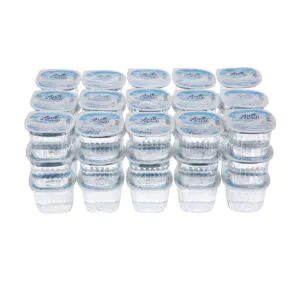
How Do You Fill Mineral Water with Cup Filling Machine?
Struggling with high investment costs for bottling mineral water? There is a simpler, more affordable

How Do You Manufacture Ice Lolly Tubes From Start to Finish?
Struggling with slow, manual ice lolly production? Inconsistent quality and low output hurts your business.

Ice Cup Filling Machine, How to Produce Ice Cup?
Confused about making ice cups efficiently? The process might seem complicated, involving multiple machines and
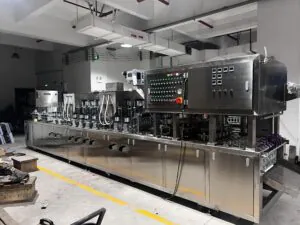
How to Produce Butterfly Jelly with Our Filling Machine?
How to Produce Butterfly Jelly with Our Filling Machine? Struggling to create eye-catching, multi-colored jellies?
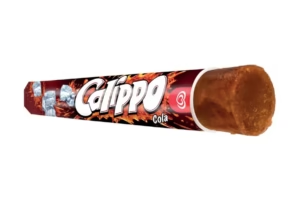
How to produce Calippo style ice cream?
How to produce Calippo style ice cream? Want to produce Calippo-style ice cream but find


